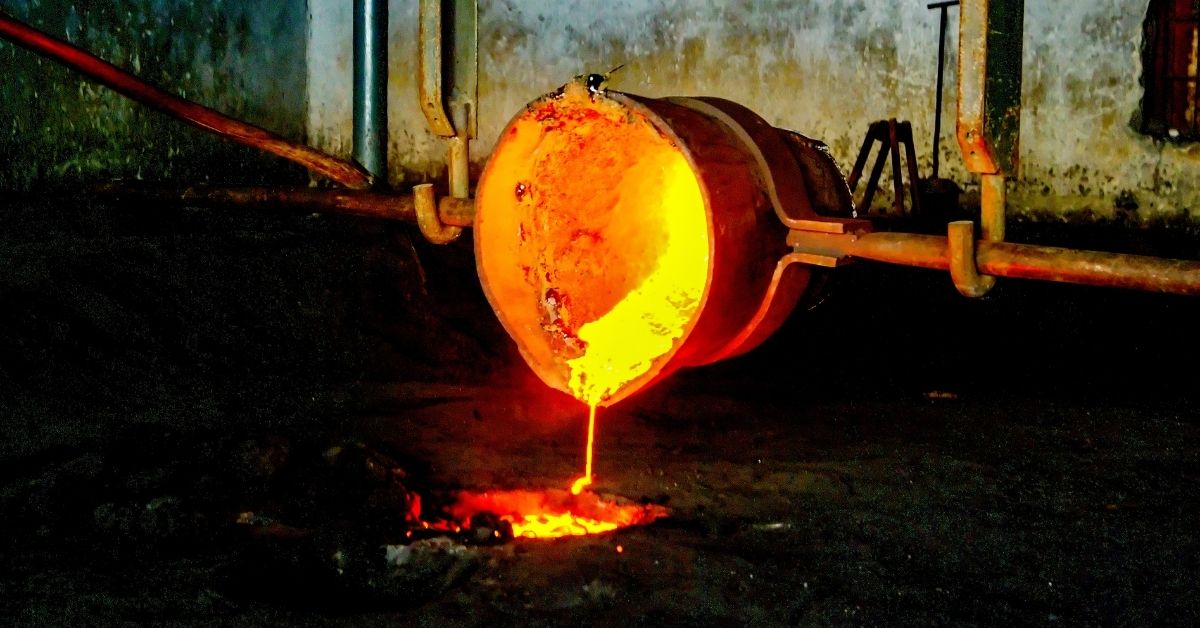Alloys are metals composed of two or more elements. Typically, they’re created by melting the elements, mixing them together, and then allowing them to solidify and cool back to room temperature. What results is a uniform metal with the desired set of physical, chemical, and electrical properties needed to form an alloy.
Why Are Alloys Created?
Alloys are produced for various reasons. For example, some are created to enhance the strength or ductility of a material. This is the case with gold, which is formed by alloying pure gold with other metals to make it harder and easier to work with. Sometimes, alloys may also be created to reduce the cost of an item.
Common Alloys
Many different types of alloys are used in the metalworking industry. In fact, it’s far less likely for non-alloy or “pure metals” to be used. A few examples of alloys you’ll commonly see in use include:
- Cast iron: An alloy of iron and carbon
- Steel: Another alloy of iron and carbon
- Aluminum: Often alloyed with other elements.
- Austenitic Stainless Steels: A synthesis of iron, chromium, nickel, and other metals or nonmetals.
- Bronze: An alloy of copper and tin. Often alloyed with elements like aluminum.
What Are Common Alloying Elements?
Here are a few of the most common alloying elements and the purposes they serve:
- Nickel: A metal often added to materials to increase their toughness. Austenitic stainless steels have high additions of nickel, which also acts as an austenite-promoter.
- Copper: A metal used to make materials like aluminum precipitation-hardenable. In steel, copper can help improve corrosion resistance, but it can also reduce aluminum’s corrosion resistance.
- Chromium: Chromium is often added to carbon steel. At levels greater than 11%, this creates stainless steel. At this percentage and greater, the corrosion resistance of steel greatly increases, and the oxidation of iron is prevented.
- Molybdenum: Like chromium, molybdenum can increase the toughness, tensile strength and hardness of steel.
- Lead: Lead is often used to improve machinability.
- Manganese: A metal commonly alloyed to improve strength. Manganese alone is an alloying element that is not affected much by heat, which makes it great for high-temperature applications.
Got Alloyed Precious Metals? Trade Them With Us
If you have alloyed precious metals but aren’t sure how much they’re worth, be sure to consider exchanging them with us. We can determine the precious metals value from your alloy and provide a quick, fair payout.












